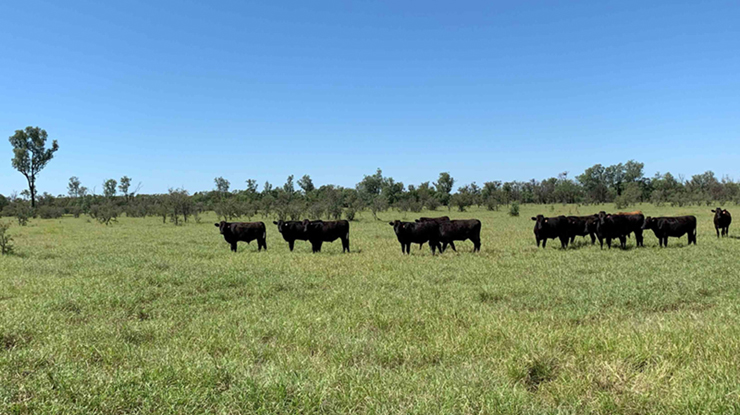Imagine spending years hiding who you are to fit into a group, only to become invisible once you leave. This is the reality for many women who serve in the military.
Author
- Carolyn Heward
Lecturer, Clinical Psychology, James Cook University
Our has found ex-servicewomen face a double burden: first, via suppressing their femininity to fit into military culture, then struggling to be recognised as veterans at all.
The recent final report of the has drawn attention to a very concerning statistic: ex-serving women are to die by suicide compared to civilian women.
For those aged 25-34, they’re significantly more likely to need mental health care – of civilian women their age.
Our reviewing the research evidence on military culture, identity and mental health uncovered a pattern that helps explain these statistics.
Playing a character
Women in the military often feel compelled to “play a character”. They feel they must change their behaviour, appearance and communication style to fit into a hypermasculine “warrior identity” that defines military culture.
One US described the experience for women as:
being a female in a man’s world […] but if you’re going to play the female role, then you’re not going to be respected.
Another participant in a Canadian explained that fitting in meant having to “prove yourself” and “work twice as hard, as a woman, to be considered half as good.”
This pressure to conform doesn’t just mean wearing a uniform. It often involves suppressing fundamental aspects of their identity by doing things such as hiding emotional responses during difficult situations because showing empathy is seen as “weak”, or downplaying their achievements to avoid standing out from their male peers.
Identity suppression can, over time, lead to profound stress, anxiety and other mental health challenges.
But the challenges for women don’t end when they leave service.
Becoming invisible
Society’s perception of veterans remains steadfastly male, leaving women’s service unrecognised and their struggles often unacknowledged.
Worse still, female veterans are accused of misrepresenting themselves. As one put it in a media report:
On ANZAC Day this year I got to wear both of my medals in civilian dress and someone came up and said ‘oh, you’ve got your medals on the wrong side, love’, or ‘whose medals are they?’ And you just have to say ‘they’re mine – why wouldn’t they be?’
This invisibility compounds the mental health impacts of service.
Women veterans report feeling excluded from veteran support services and communities, their service questioned or diminished.
Our research found this lack of recognition can trigger or worsen existing mental health conditions, creating a cycle of isolation and distress.
Australian military culture remains heavily masculine
While much of the research in our review is from international studies, the problem is acute in Australia.
Australian military culture remains heavily masculine despite increasing numbers of women in service.
Our research found women often experience harassment and betrayal when they don’t perfectly fit the hypermasculine military ideal, leading to feelings of exclusion and internalised inferiority.
The is significant.
Ex-serving women in Australia show higher rates of (41.9%) and (24.8%) compared to their male counterparts.
Almost service members transitioning to civilian life experience very high levels of psychological distress. This is four times the rate in the general community.
The military urgently needs new recruits
The Australian Defence Force is facing what has been as “an acute recruitment crisis”.
With the Australian Defence Force actively working to , understanding and addressing the challenges military women face is crucial.
The current pattern of identity suppression followed by invisibility isn’t just harmful to individuals. It undermines efforts to build a more diverse and effective military force.
One to the Royal Commission into Defence and Veteran Suicide said:
I can’t in good consciousness recommend the Army as a place to work for any female, which truly saddens me as someone who has many grandparents and great grandparents that were veterans and that I want to honour.
Where to from here?
There is an opportunity for the military to consider how to create space for different ways of being a successful service member. Currently, success is often measured by how well someone fits the warrior stereotype – tough, stoic and aggressive. But military effectiveness also requires leaders who can build teams, show judgement, and adapt to complex situations. These qualities don’t depend on conforming to a hypermasculine ideal.
In the broader community, we must expand our recognition of who veterans are and what they look like.
For the thousands of Australian families with women relatives currently serving or transitioning from the Australian Defence Force, understanding these challenges is the first step.
Recognition of women’s service – both during and after their military careers – isn’t just about acknowledgement.
It’s about preventing the devastating mental health impacts that come from having to hide who you are, then being ignored when you leave.
It’s time to recognise the true cost of asking women to suppress their identity to serve their country – and to ensure that when they finish serving, they’re no longer rendered invisible.
![]()








